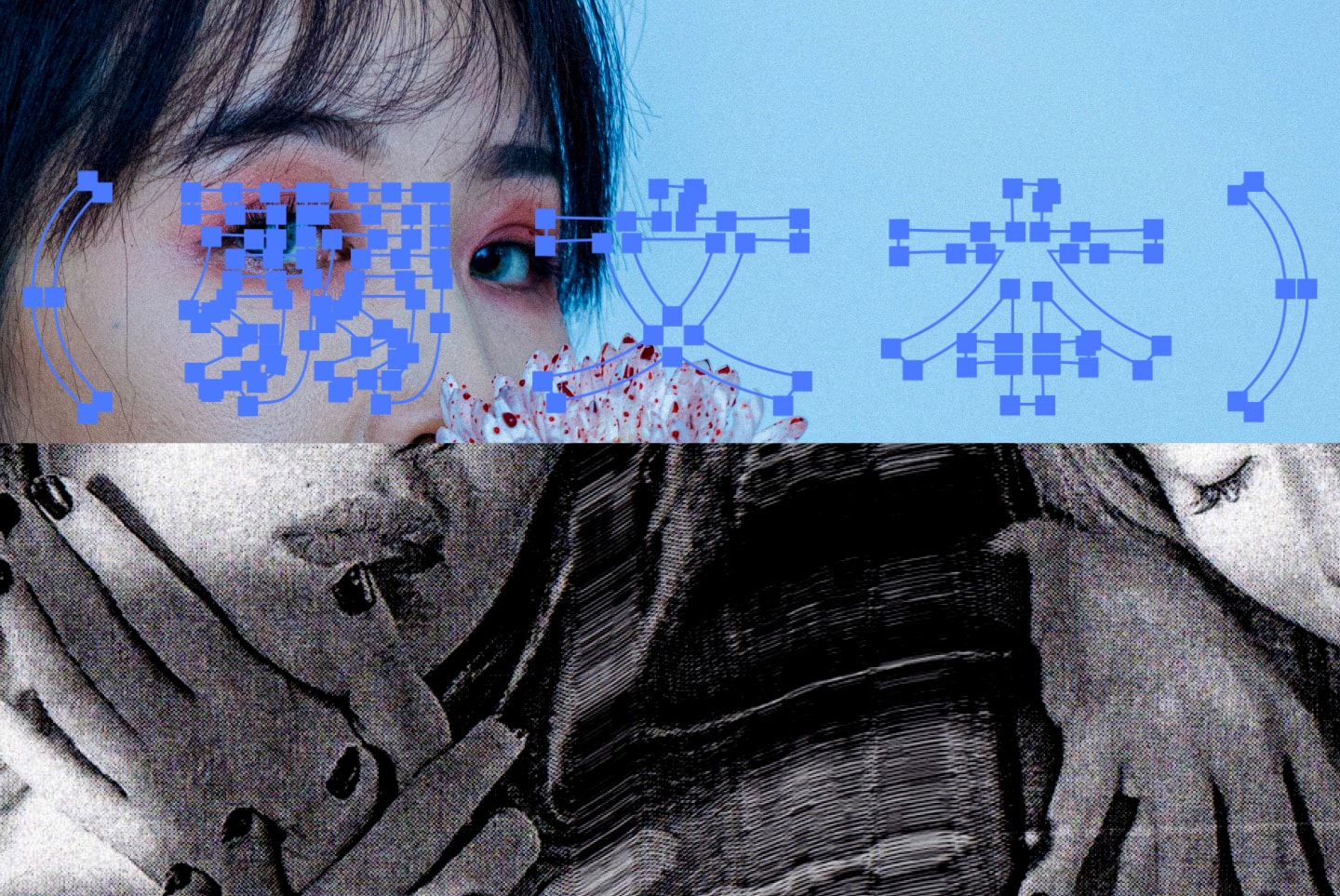
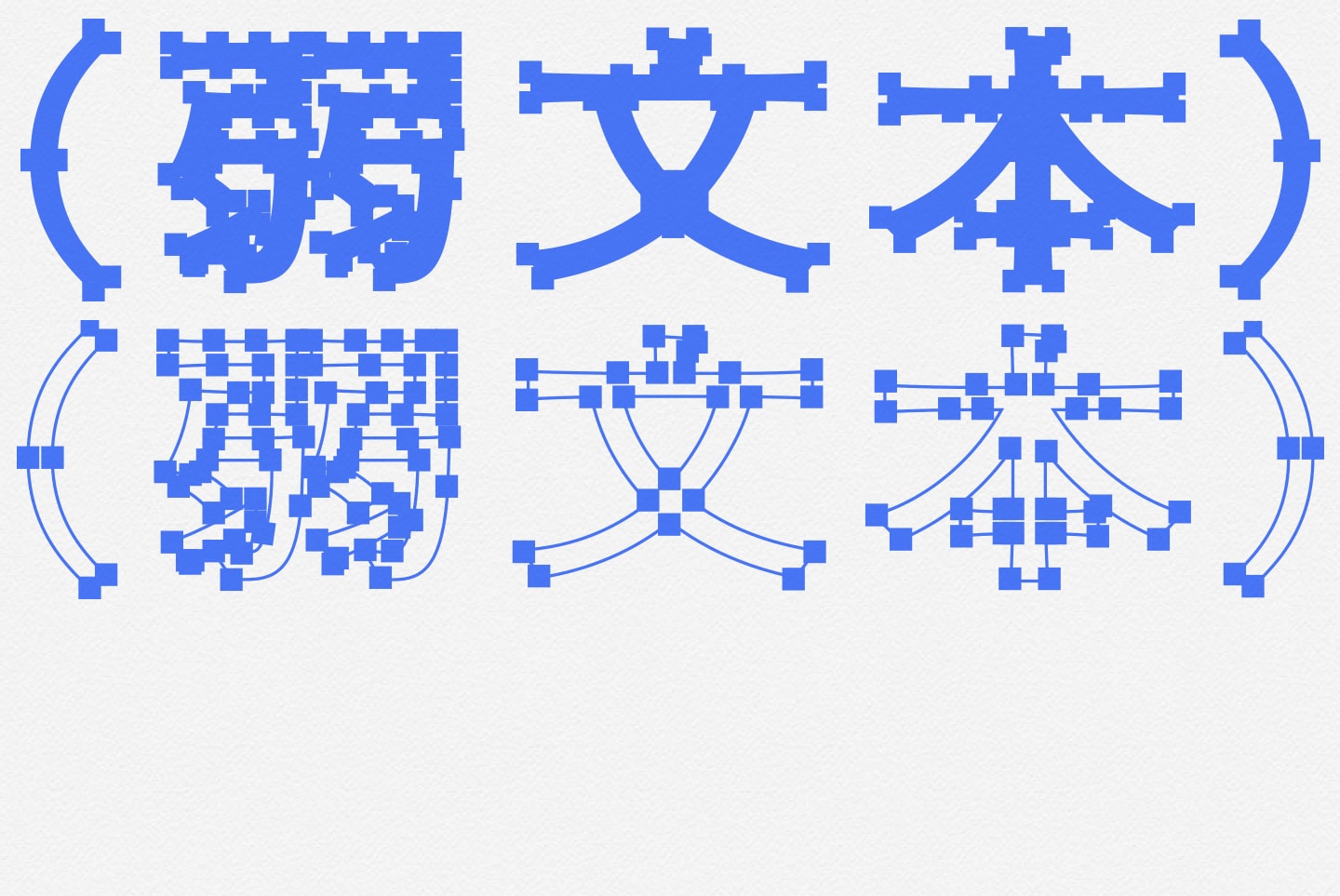
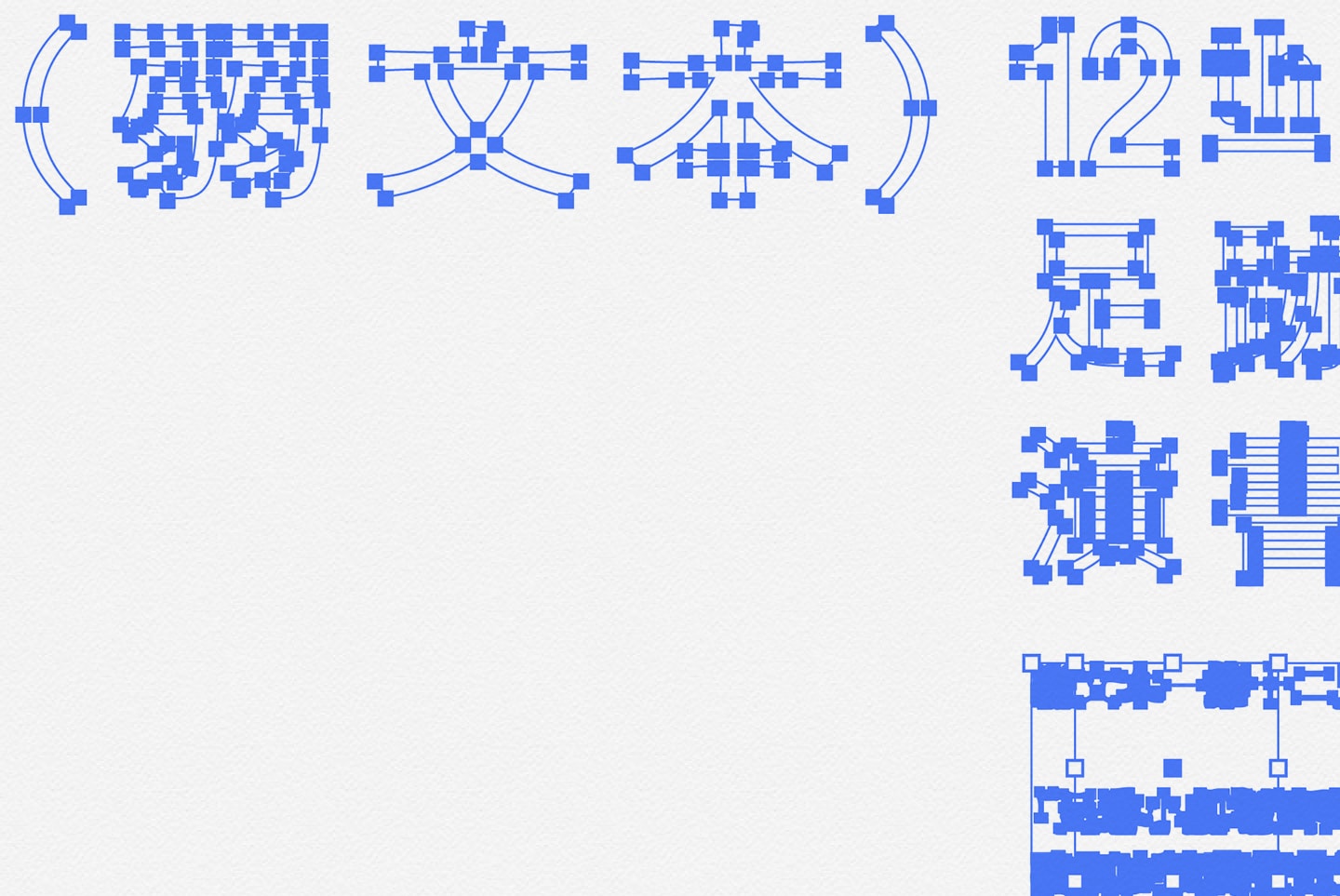
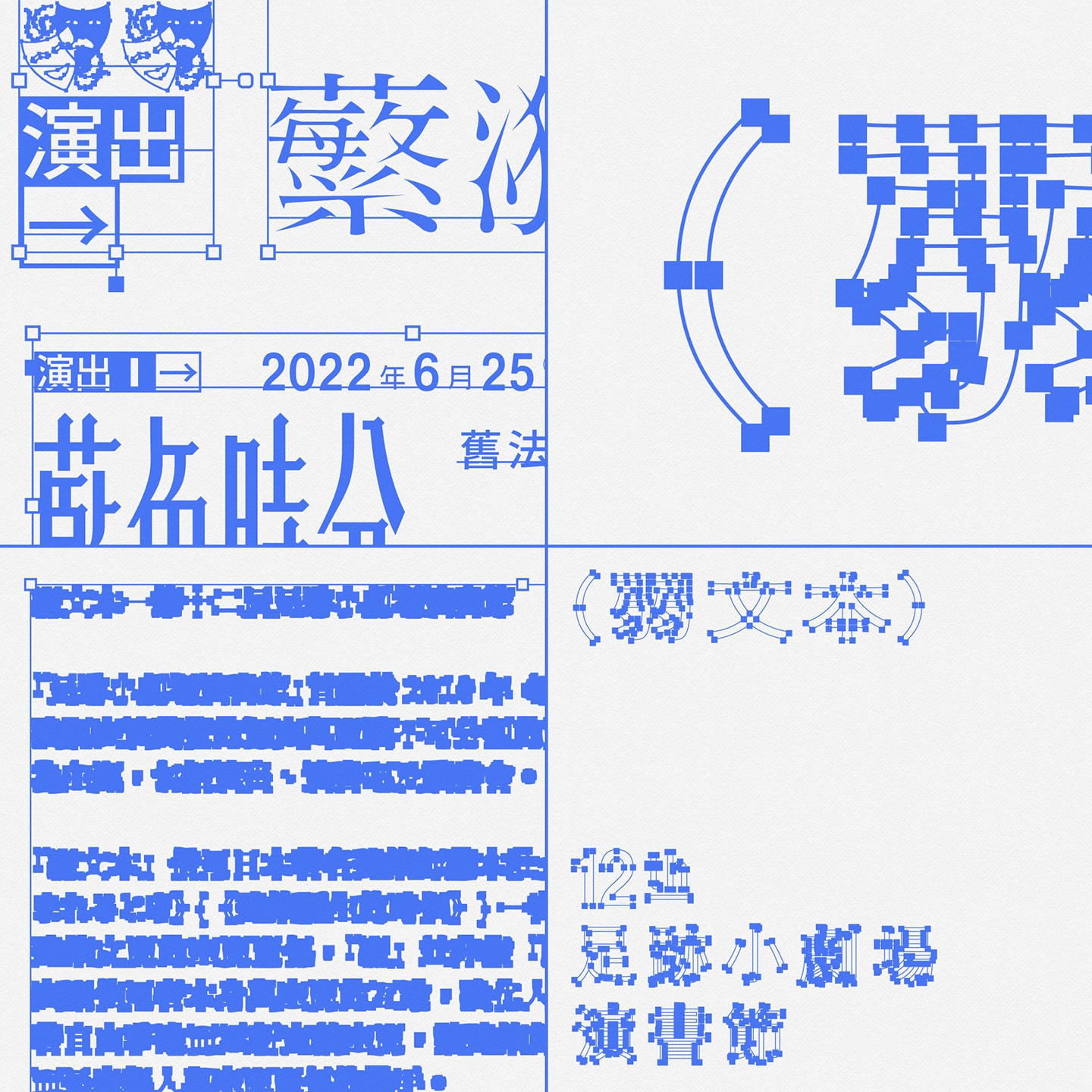
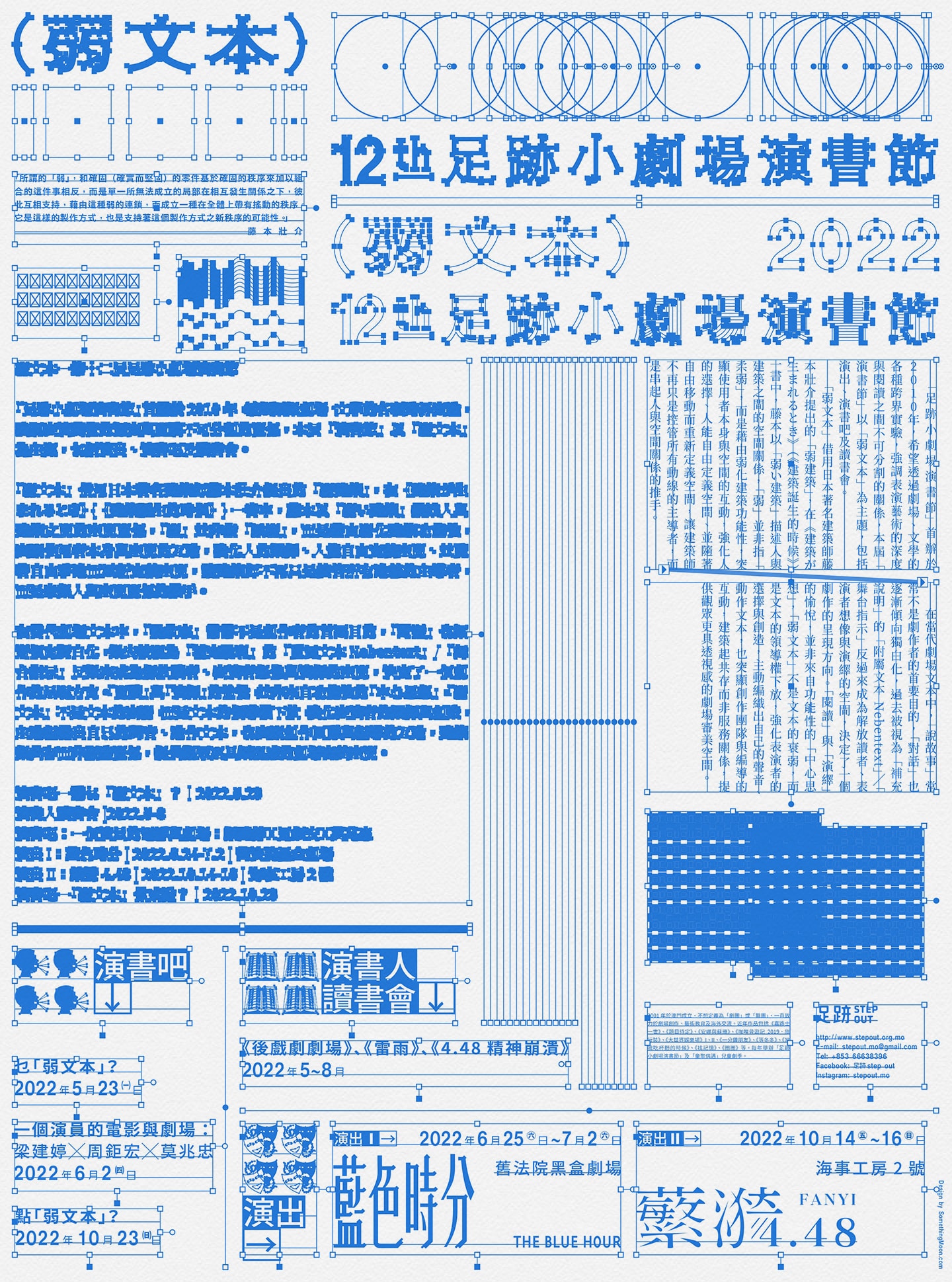
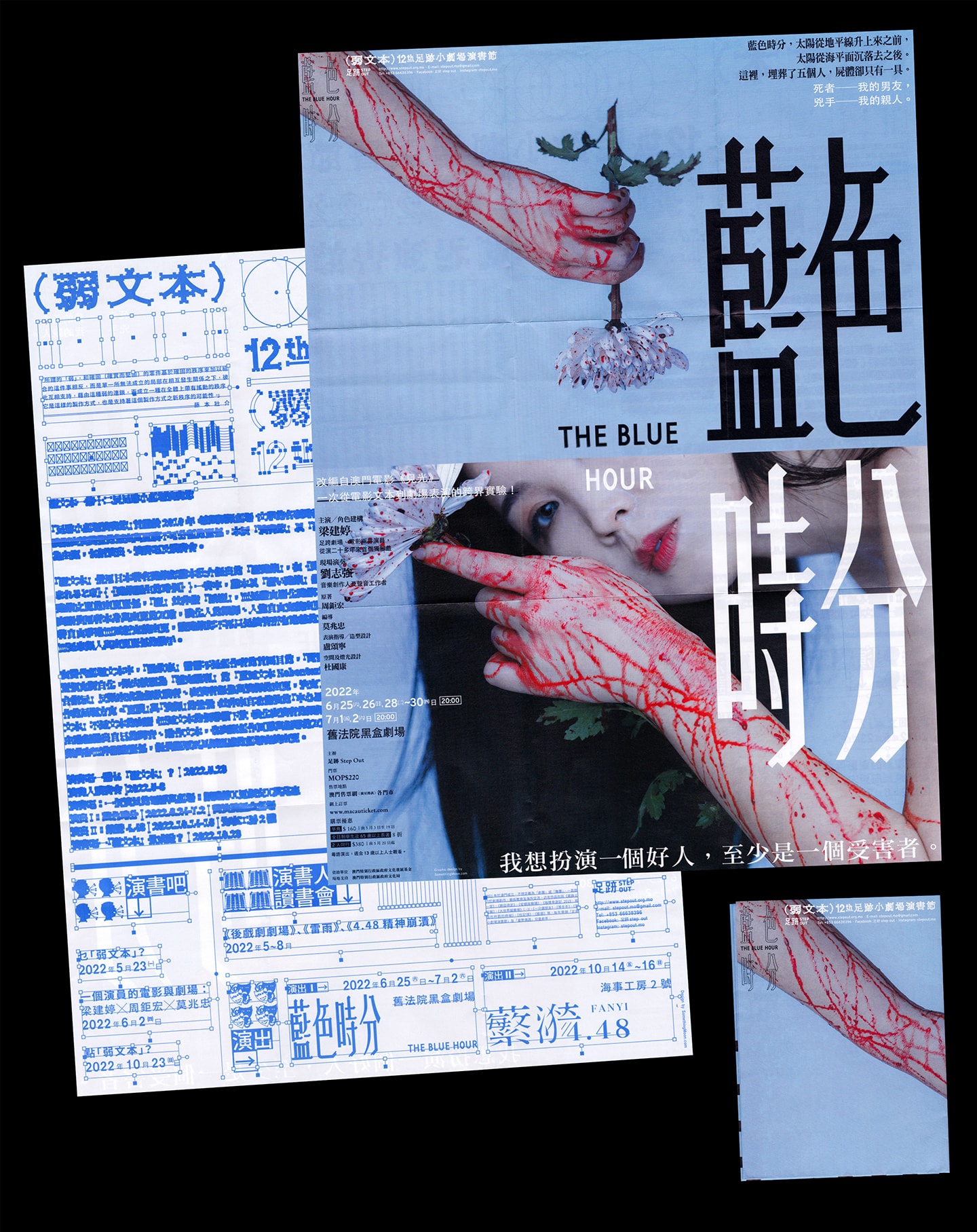
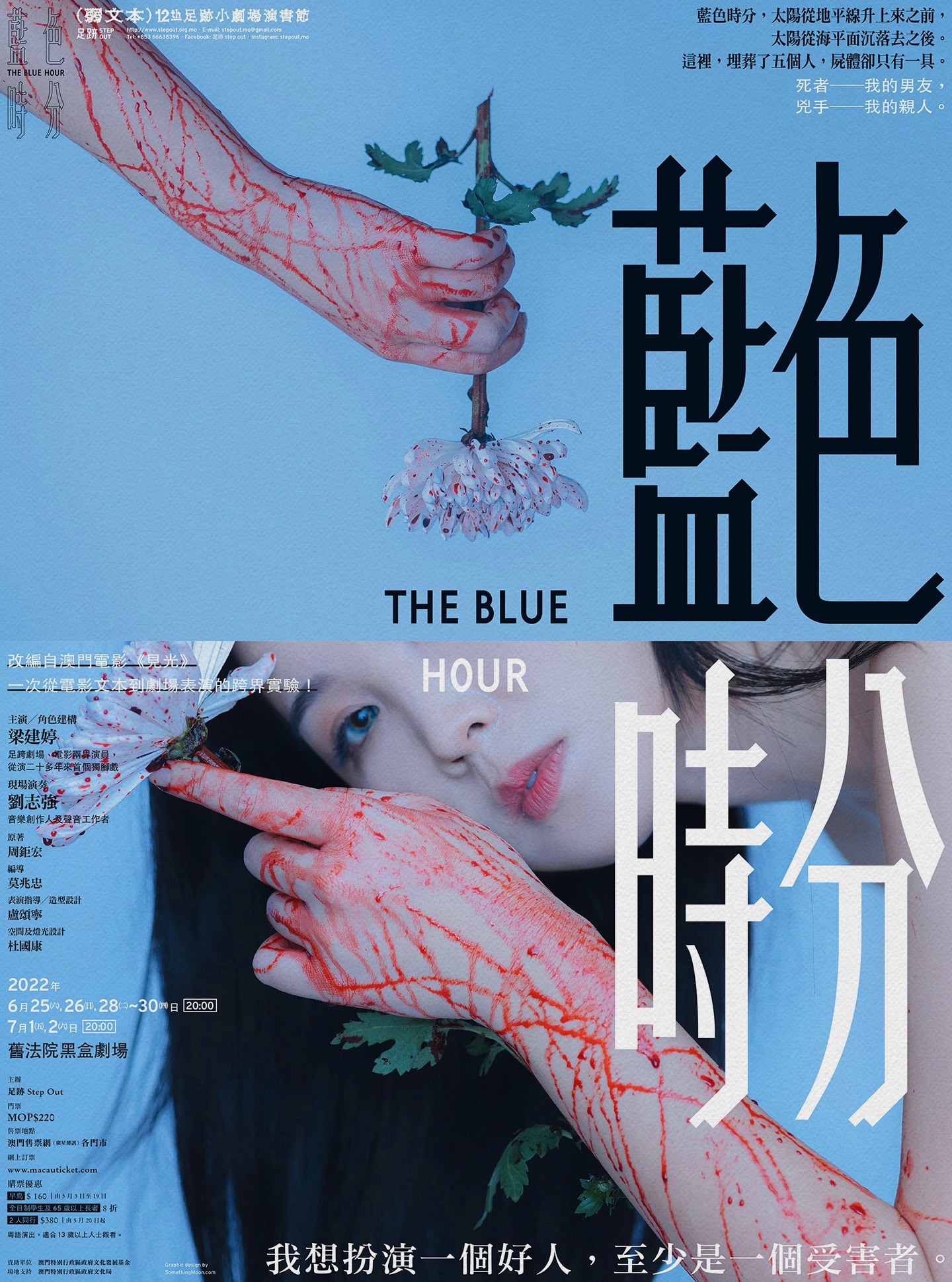
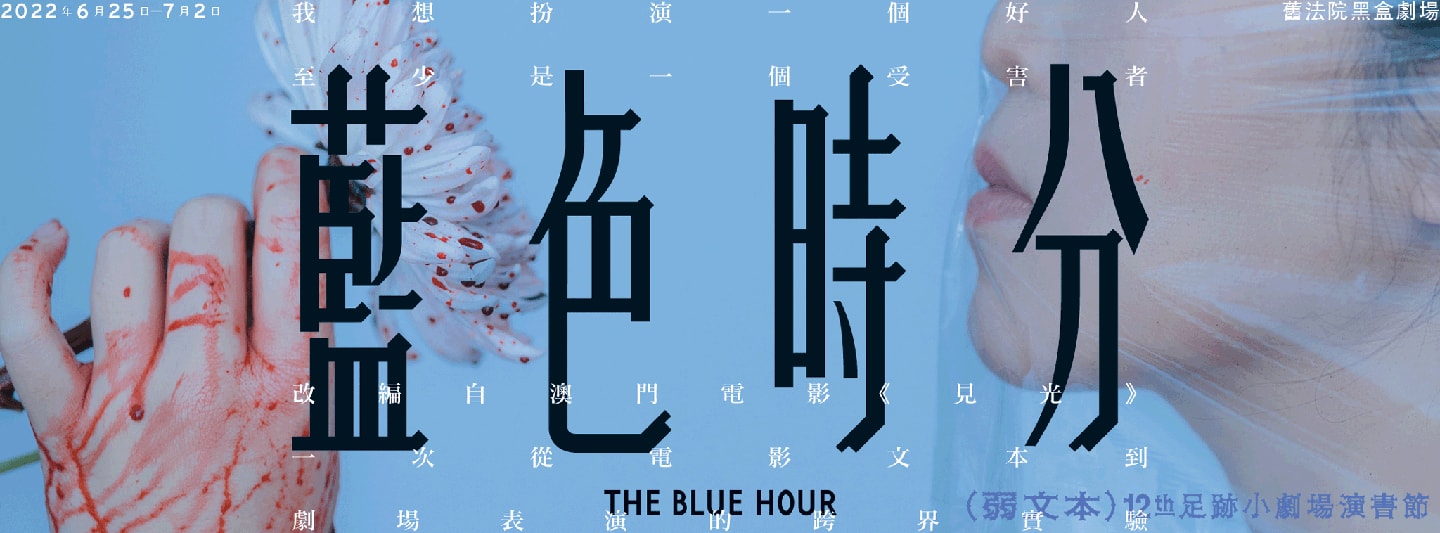
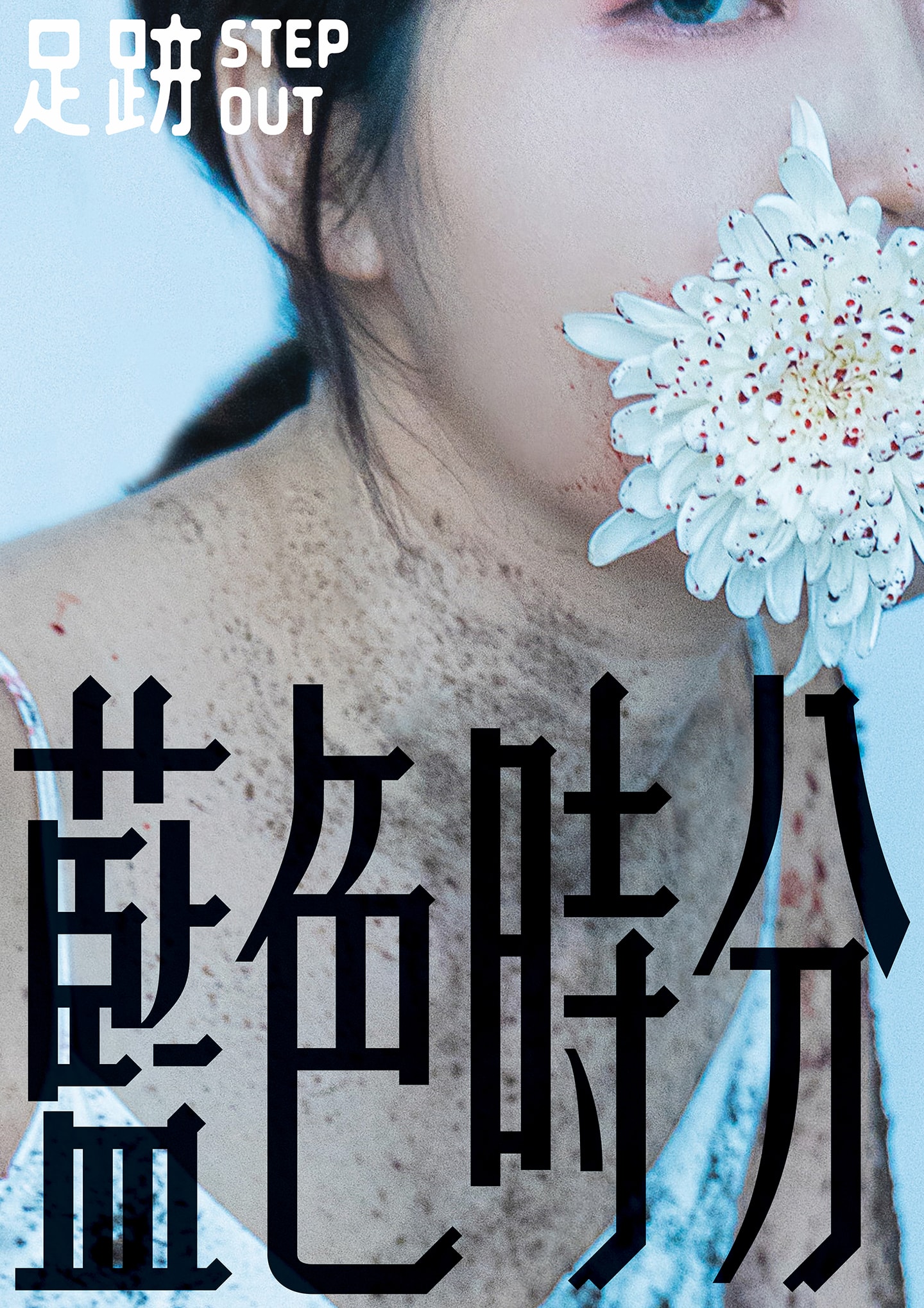

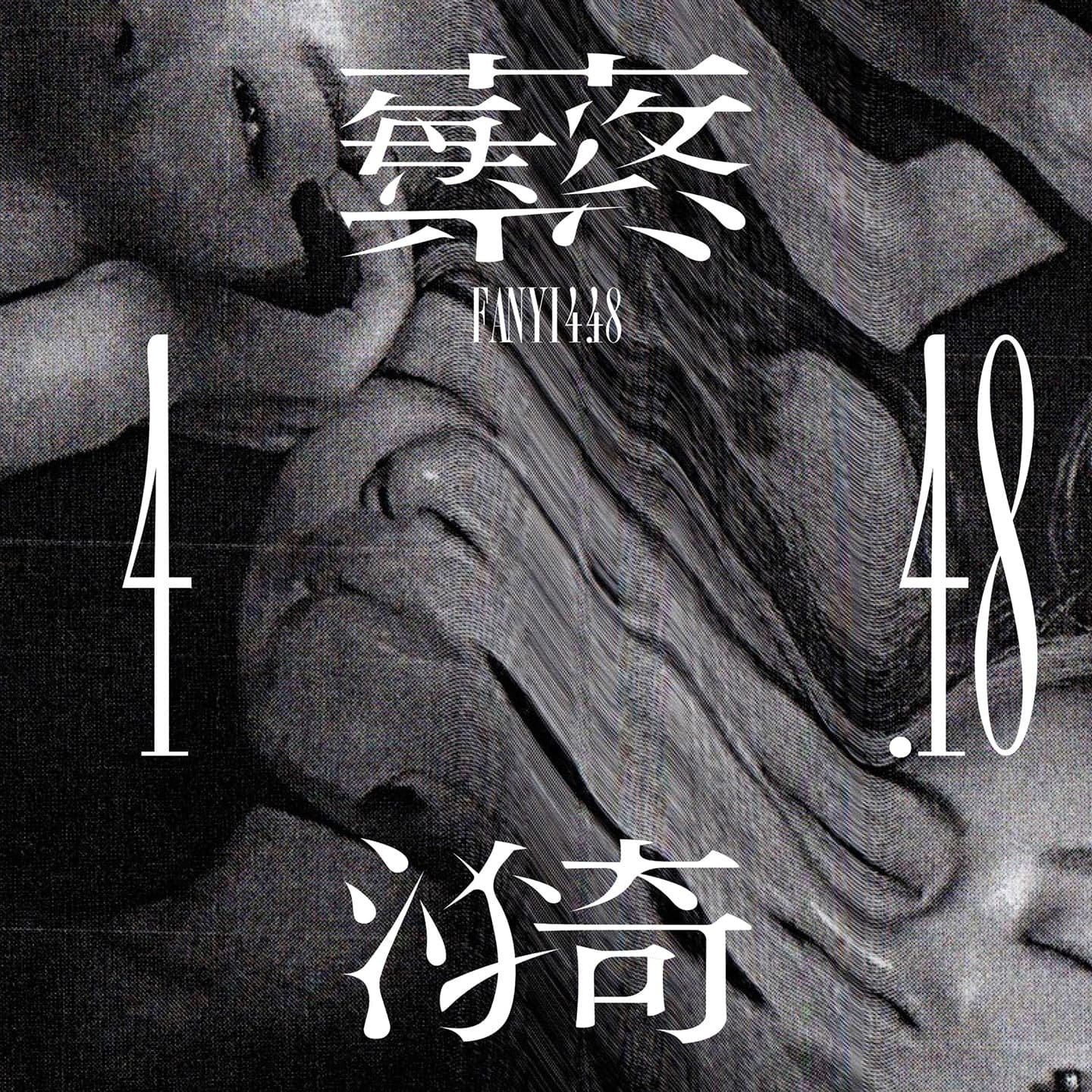
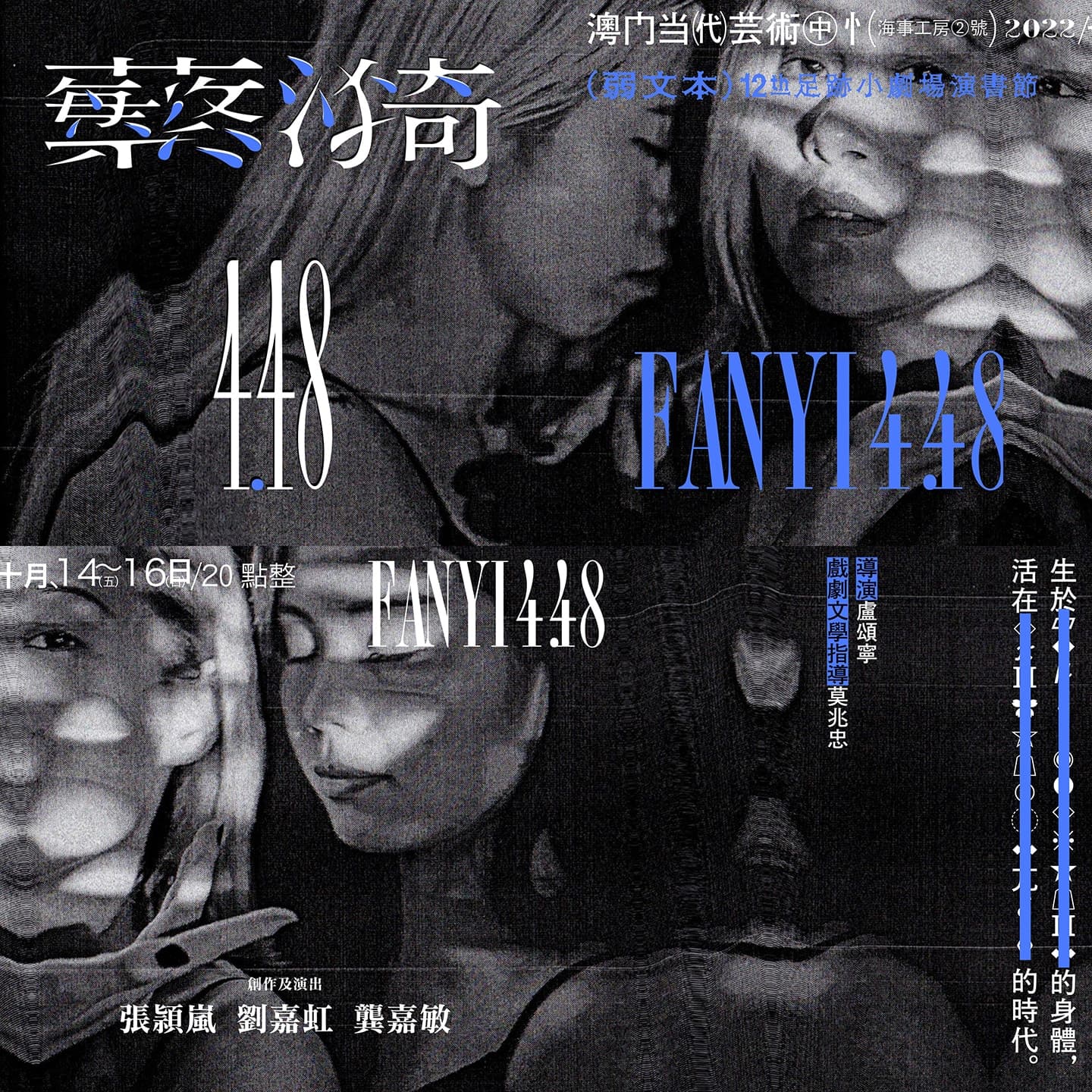
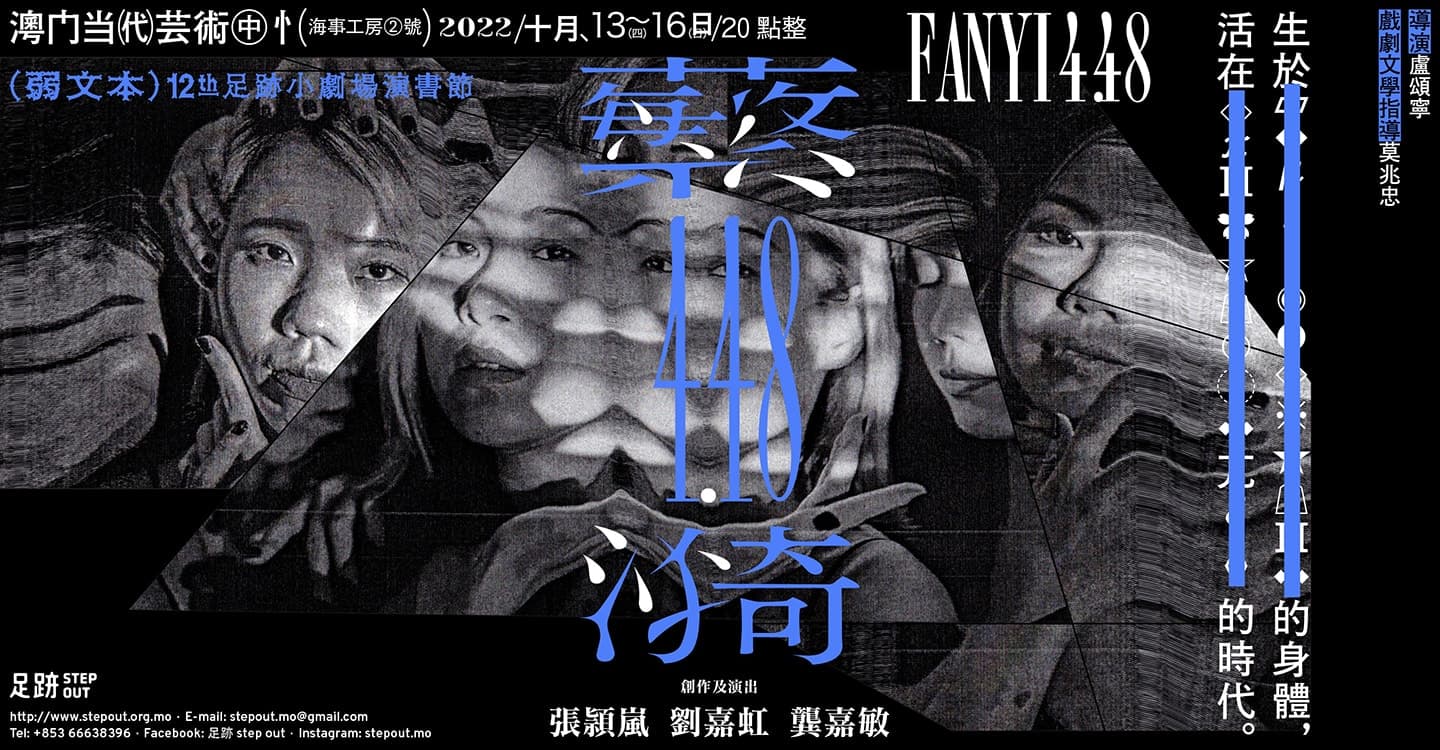
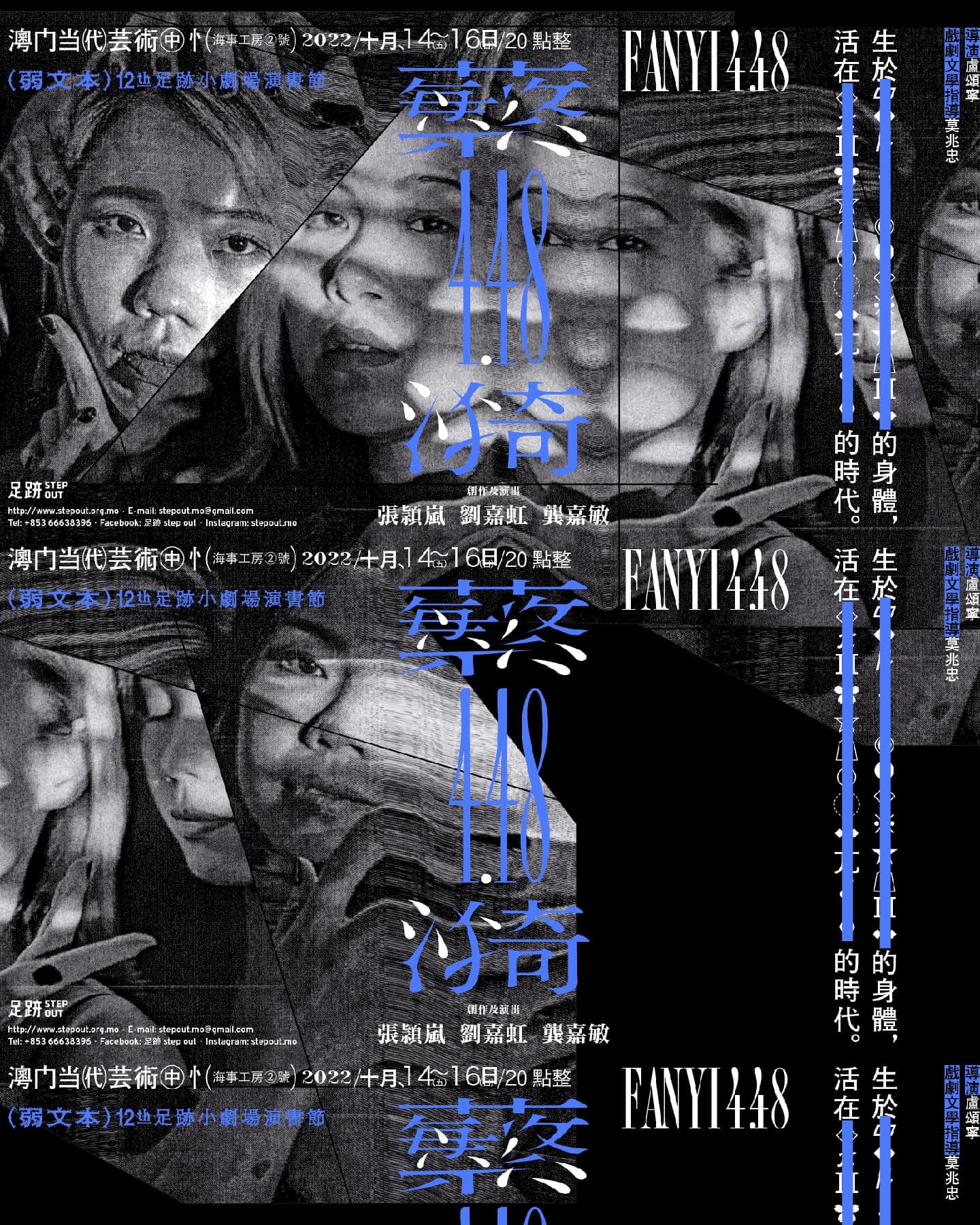
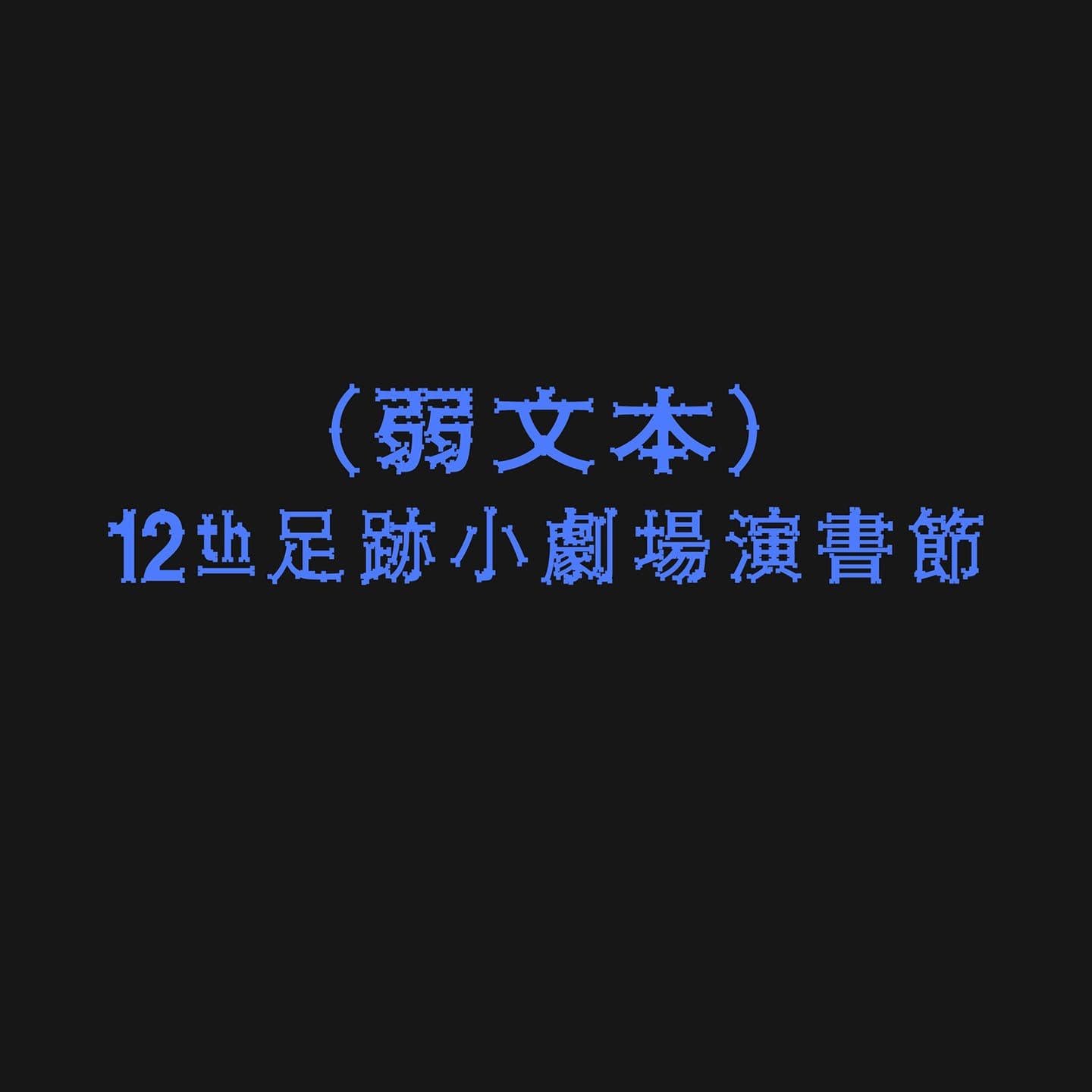

Book Play 12 – Weak Text
演書節 12 ── 弱文本
Jun, 2022
Step Out
- Tokyo TDC Annual Awards 2023. Excellent work.
“Weak Architecture” is a concept borrowed from the renowned Japanese architect Sosuke Fujimoto, as described in his book “建築が生まれるとき.” In this book, Fujimoto uses the term “弱い建築 (weak architecture)” to describe the spatial relationship between people and buildings. “Weak” does not refer to fragility, but rather to the de-emphasis of functional aspects of architecture in order to highlight the interaction between users and space. It aims to empower users to define and redefine space through their movement, giving them the freedom to make choices and shaping the relationship between people and space. In this approach, architects are no longer just controllers of circulation, but facilitators of the connection between people and space.
「弱文本」借用日本著名建築師藤本壯介提出的「弱建築」,在《建築が生まれるとき》(《建築誕生的時候》) 一書中,藤本以「弱い建築」描述人與建築之間的空間關係,「弱」並非指「柔弱」,而是藉由弱化建築功能性,突顯使用者本身與空間的互動,強化人的選擇、人能自由定義空間、並隨著自由移動而重新定義空間,讓建築師不再只是控管所有動線的主導者,而是串起人與空間關係的推手。
在當代劇場文本中,「說故事」常常不是劇作者的首要目的,「對話」也逐漸傾向獨白化,過去被視為「補充說明」的「附屬文本Nebentext」╱「舞台指示」反過來成為解放讀者、表演者想像與演繹的空間,決定了一個劇作的呈現方向。「閱讀」與「演繹」的愉悅,並非來自功能性的「中心思想」,「弱文本」不是文本的衰弱,而是文本的領導權下放,強化表演者的選擇與創造,主動編織出自己的聲音、動作文本,也突顯創作團隊與編導的互動,建築起共存而非服務關係,提供觀眾更具透視感的劇場審美空間。
演出I → 藍色時分 The Blue Hour
演出II → 蘩漪 4.48 Yanyi 4.48
演書吧
演書人讀書會
這次先不要管設計,或者只把設計當作理解世間萬物的其中一個途徑,這次要注視的並不是設計本身,而是過程。我的過程就是我的全部,並沒有多餘我要說或想說的未說。你不需藉由我去創做有形的物去幫你理解、解讀事物,打破生活中經常透過 A 觀念去理解 B,我的建構並不想也不會幫助你去理解,你看到什麼,那麼我的企圖就是什麼,你覺得看到什麼,我就是想你看到什麼──這是我對「弱」的視覺化過程的理解。